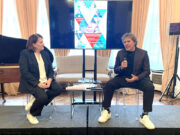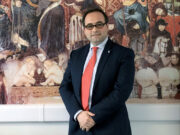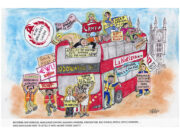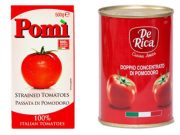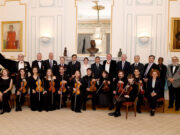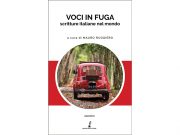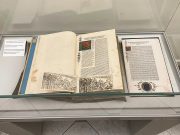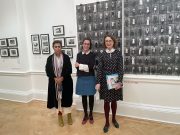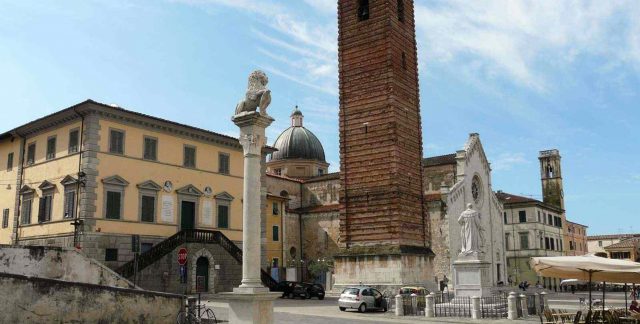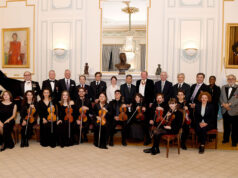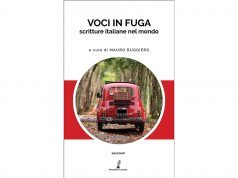Proudly overlooking the Versilia Riviera and deeply associated with the ghost of Michelangelo, Pietrasanta is the “holy stone” of the majestic Apuan Alps, a culturally and artistically polished stone, sparkling from the reflection of the enchanting Tyrrhenian sunsets.
Its historical background begins in 1225, when Guiscardo from Milan, “podestà” of Lucca, decided it was the best spot from which to keep an eye on both Pisa and Genoa and their respective territorial claims. Florence also desired supremacy in that strategic and beautiful part of Tuscany, so Giovanni de’ Medici, as Pope Leo X, brought Pietrasanta and Versilia under Florentine control. In 1841 Leopold II of Lorraine, Grand Duke of Tuscany, granted Pietrasanta the status of “Noble City”, as a homage to its glorious past, the beauty of its buildings, the importance of its institutions and the number of noble and wealthy families residing there. These features have remained until the present day, as Pietrasanta and its surroundings are very much in demand by VIPs eager to have at least their summer house on its glorious hills covered by pine woods and olive trees, or on the fashionable seafront of Forte dei Marmi.
One of the first example of programmed urbanization in Tuscany, Pietrasanta’s pride is the charming Cathedral Square, dominated by the Fortress of Sala, whose battlement walls reach the rectangular perimeter of the spacious square, where the St. Martin’s Cathedral (13th century) stands next to its red brick bell tower, the Church of S. Augustin (14th century) with the annexed former convent, the sober-styled Magistrates’ Court ( 14th century) the Tower of the Hours (16th century) and the Rocchetta Arrighina, in whose foundations Castruccio Castracani, Lord of the town, auspiciously placed a cup of water and wine, a precious sapphire ring and a gold florin. The square is further enhanced by the Marzocco fountain, bearing the Florentine heraldic lion witnessing the Florentine influence, which was reinforced by the close 19th century statue of Leopold II,who is the first spectator (pleased or not) of the contemporary sculptures displayed every summer in the square, a museum in the open.
Marble quarrying has brought an army of sculptors to Pietrasanta following in the footsteps of Michelangelo, who personally came here and in Seravezza to chose his marble blocks extracted from the Apuan Alps. The Piazza, blessed by its seclusion from traffic, is a lovely sitting room where tourists and artists from all over the world mingle with the friendly residents. Laboratories for marble and foundries for bronze have established the fame of Pietrasanta and Versilia as an international point of reference for all those who work in this artistic field Adams, Bloc, Botero, Cascella, Mitoraj, Moore, Nogouchi, Pomodoro, Stagi, Signori, Tommasi and Yasuda are among the many famous names which keep enriching the town and the museum of sculptors’ models, next to the public library which overlooks the lovely cloister of S. Augustine, now the “Luigi Russo” Cultural Centre. The church is also an unusual and suggestive space regularly hosting masterpieces in painting and sculpture, and even the small Misericordia oratory boasts great frescoes by Botero, a regular presence in Pietrasanta, as are the echoes of Michelangelo and the poet Giosuè Carducci, native of the nearby Valdicastello.
“ I like Pietrasanta,” he wrote, “ a beautiful town with a unique square, a cathedral worthy of a great city, and the Apuan Alps as a background. And what surroundings! What mountains, what greenery, what shade, what rivers, what fresh streams flow beneath chestnut trees and olive groves and orange orchards, all framed by marble quarries along the green !” Back in town, Pietrasanta is not only a venerable collection of old stones and ancient memories. Its cobbled streets are lined with art studios and artisan workshops, antique and fashion boutiques, lively cafes and picturesque trattorie. They provide an evocative itinerary as yet unspoilt by the tourism industry, a stimulating dish of Culture served on an ornate plate which provides an alluring alternative to the Marina, which, for its own part, offers modern facilities, bathing establishments and sporting and recreational amenities for a comfortable and enjoyable holiday, whatever your preferences.
Margreta MOSS


